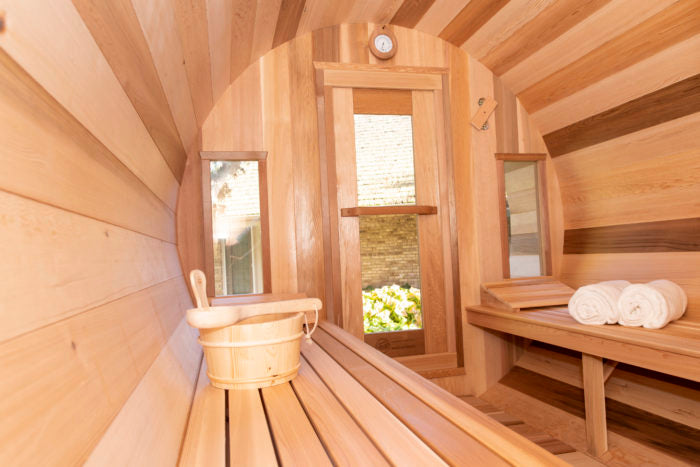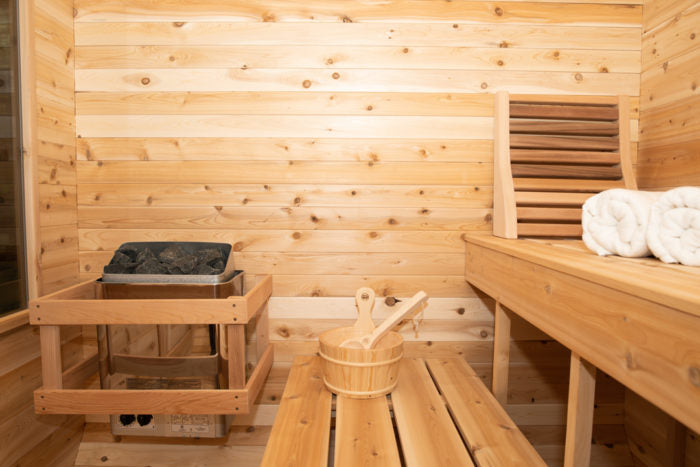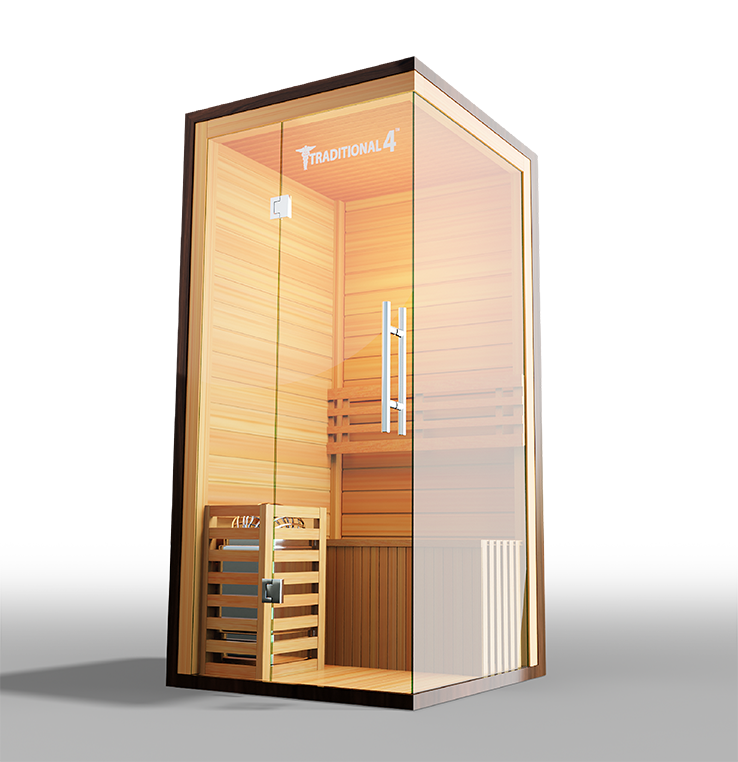The Definitive Guide to Traditional Sauna
The Definitive Guide to Traditional Sauna
Blog Article
Some Known Incorrect Statements About Traditional Sauna
Table of ContentsEverything about Traditional SaunaTraditional Sauna Can Be Fun For EveryoneThe Definitive Guide to Traditional SaunaSee This Report on Traditional SaunaOur Traditional Sauna PDFs
The majority of the weight shed in a sauna is water loss and is re-gained upon rehydrating. Nonetheless, undeniably sauna can be a crucial part of a healthy and balanced weight-loss program. To look at the differences between traditional and IR saunas, I will separate these into verifiable, theoretical, and produced differences.Thus, the hottest point in the saunawhich is at the ceiling directly over the sauna heateris typically between 185 and 190 F. Claims that a conventional sauna exceeds 200 F is simply not real and not relevant for electrical saunas marketed in the US. The temperature for a far-infrared sauna is typically set in between 120 and 140 F; nonetheless, unlike the typical sauna, the objective in and IR room is not to achieve a heat.

When a typical sauna has been properly heated up, the sauna wall surfaces are warm, the air temperature level has attained set temperature level and the rocks are very warmed. As a fascinating side note, the warmed walls and the rocks are giving off far-infrared warmth, integrated with the warmed air, to produce an "wrapping up heat".
Unknown Facts About Traditional Sauna
When the high temperature level is accomplished, the aspects cycle on and off to keep the high temperature. A lot of traditional sauna individuals delight in pouring water over the rocks to produce steam to raise sauna humidity levels. The benefits of putting water over the rocks consist of: making the room a lot more comfy, dampening the nasal passages, and allowing the use of aromatherapy by mixing crucial oils with the water.

When the power goes into the body, it triggers the body temperature to increase and ultimately causes sweat. In an infrared sauna it is very important for the emitters/heaters to continue to be on virtually regularly. Considering that there is no mass of rocks to maintain warm, the sauna will cool down if the emitters shut down.
The Ultimate Guide To Traditional Sauna
As pointed out above, the sauna bather in an infrared area desires to place himself before running emitters to get optimal gain from the warmth. The heating time for the 2 rooms can be really different, relying on exactly how the rooms are utilized. For a traditional sauna, a bather needs to enable 30-40 mins for the room to attain a preferred temperature level and to correctly pre-heat the rocks.

A well built sauna will commonly achieve a temperature of 150-160 F in regarding 30-40 minutes. For hotter temperature levels, the space might require to warmth for a longer duration.
To some, 15 minutes was "lost" while the infrared energy heated the wood panels instead of heating up a body, while others discover a pre-heated space to be a lot more comfy and think a raised beginning temperature is essential to start sweating. The size of advised usage for every space is around the exact same (10-15 mins per session); nevertheless, because of the lower air temperatures and the ability to feel the results of infrared warmth much faster than a typical sauna, it is not unusual for an individual to spend a total of 20-30 minutes in an infrared sauna.
Traditional Sauna Can Be Fun For Everyone

The average expense per kWH of power in the U.S. is around $0.11, so a 4.5 kW heater will set you back approximately $.50 to run for one hour, if the heating unit runs continually for one hour. Generally a sauna heating system will certainly run for 75% of the very first hour and 50% of succeeding hours on since the elements cycle once the set temperature level is attained.
A 2 person far-infrared room is typically literally smaller sized than a typical sauna, frequently regarding 4' x 4' or smaller. The IR furnace is commonly 1.5-1.7 kW using a 120 volt 15 amp plug-in service. Since the room can be utilized faster than a sauna space, we will certainly think the area is made use of for to of an hour consisting of warm up time.
There is a hardly ever talked about difference in the from this source social experience in between the 2 areas. While our culture has lost a few of the social benefit of the conventional sauna experience, it can be extremely socially satisfying (Traditional Sauna). From family time in the sauna, to heart-felt conversations with loved ones, to sauna partiesthe traditional sauna experience can lead to intimate mingling
5 Simple Techniques For Traditional Sauna
Many higher end infrared spaces consist of colored light treatment, sound systems and full-glass fronts.
Report this page